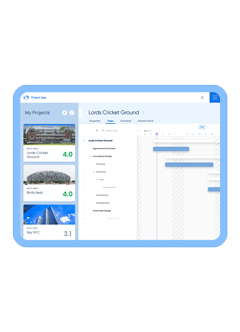Are you creating a dope workplace? And by dope, I’m sure you’re wondering if the slang is being used as an adjective, as in: very good.
Or if the reference is to the noun, meaning an illegal drug taken for recreational purposes.
While the word ‘dope’ carries several meanings, it’s similarity to the word ‘dopamine’ is purely coincidental. But the kinship is undeniable; they both spawn continual reward-seeking behavior.
In 1958, the chemical dopamine was discovered by Dr. Arvid Carlsson. Essentially, it is a neurotransmitter in the brain, which controls the stored memory function that tells us we have completed something good, and to repeat that behavior to receive a reward.
For patients with Parkinson’s, dementia, and Alzheimer’s diseases, Dr. Carlsson discovered that this neurotransmitter was in declination. His discovery paved the way for science to formulate the utilization of dopamine to lessen the effects of these disorders.
Equipped with this core knowledge of dopamine’s effect on behavior, several deductions can be made. For example, dopamine helps us learn things quickly and permanently. But continued releases can cause a ‘seeking’ or addictive behavior.
Finding Dope Employees
In the business world, we as employers naturally seek out employees with adequate dopamine levels, whether we realize it or not. This is revealed by how well they’ve honed the craft or skill that makes them an employable candidate.
Once we hire these candidates, it’s important to continue to excite this neurotransmitter through continual learning opportunities, as it leads to personal and professional successes. But, are there junctures where employers over-excite this chemical reaction? And if so, what are the consequences?
A Connected World
Take connectedness. Our world is connected. Our employees are connected. And that can be a good thing; after all, collaboration is the precursor to accomplishment. Having employees interact on ideas and problems leads to innovation and achievement.
We send emails to those who provide the best input, often adding them to the top of the recipient list. What’s more, it’s not uncommon to see employees send a text or address a social media notification during work hours. We have accepted this practice as social norms that are a by-product of the instant information age we live in.
Production Versus Disruption
But when we see those email or social media notifications appear, the feeling of being sought after for interaction causes a rapid fire of that seeking neurotransmitter – dopamine. The dopamine rush creates an anticipation of reward that once ignited, the object that gave us that rush can become the object we seek.
In this rapid-fire environment, the question arises: are we creating production or disruption?
Is the portico to our dopamine rush allowed into work meetings? How many times have you been in a meeting and you or your neighbor glances at the buzzing phone on the table? Or listens with a half-perched ear as they respond to the email that just popped up on their laptop?
Is the double dipping of time more productive, or creating a disruption in our ability to concentrate on the task at hand? Could we be the creators of our own oxymoron story by thoughtfully creating fulfilling roles, but making the workplace a dopamine-seeking society that makes one seek more, even when fulfillment is in their grasp?
Creating A Truly Dope Place to Work
Human Resource professionals have the arduous task of finding and retaining talent. As more employees enter the workplace looking for a career that fulfills an internal purpose, it’s not far-fetched to see talent leave because they just don’t find the work personally fulfilling.
It’s time to evaluate if we are arbitrarily creating an environment that dopes employees into wanting more, over just creating a dope place to work. Some things to consider along the way:
- Make meetings phone and laptop free zones.
- Think: Does everyone need to be on that email?
- How about stopping by and having a conversation instead of the internal instant message?
- Is your training and development environment equipped to fire off the dopamine that spawns the desire to learn more?
By creating a people-centric, collaborative learning environment, employees will surely feel that they’ve found the dope place to work. If you’d like to share how you’ve created a dope place to work, we’d love to hear from you! Share your thoughts in the comments below.










